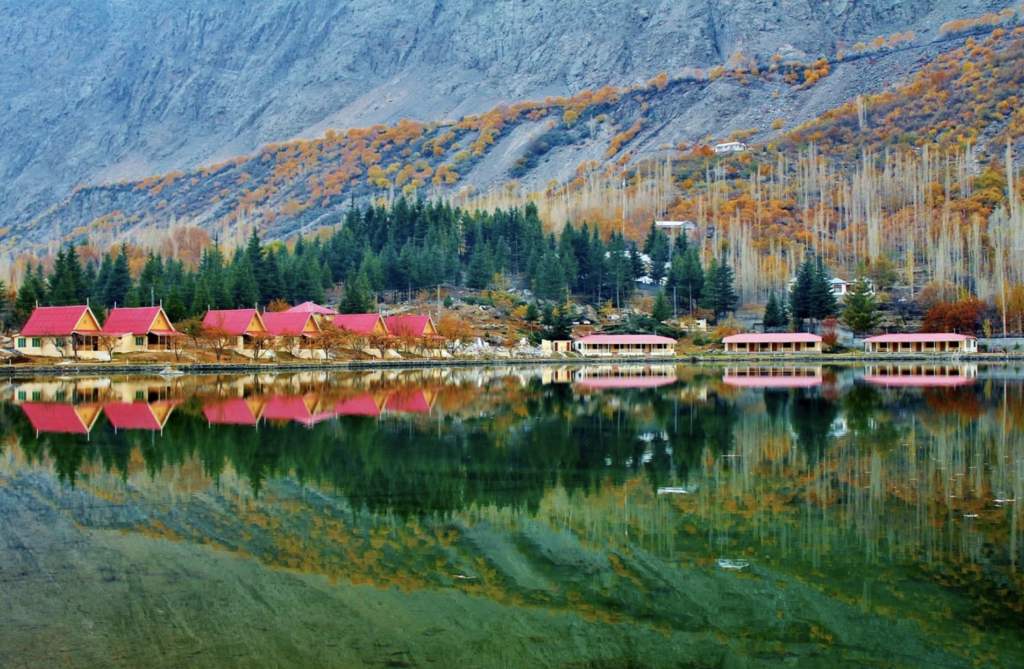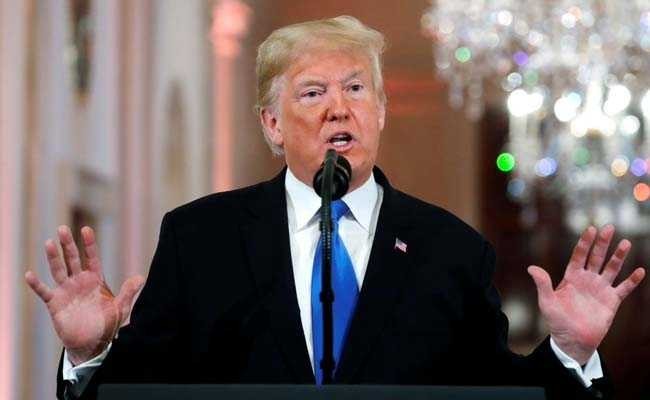
Analyzing the terrorist activities in Pakistan over the last 2 decades, a visible decline can be observed since 2013. Terrorism grew from 2000 to 2013 and was at its peak, but it decreased from 2013 onwards as per Pakistan’s terrorism index due to the measures taken by successive governments.
To predict the future scenarios, it is necessary to look at the root causes of terrorism in Pakistan. Lack of education, religious extremism, unemployment, poverty, and poor health sector can also be a cause of terrorism that motivates an individual to go for wrong means to fulfill his needs. Although the root causes of terrorism in Pakistan still remain unaddressed and difficult to identify, one of the major causes of increasing terrorism in Pakistan was the “war on terror” which Pakistan has been fighting for a long time. Other than that, the political instability, mainly between the military and civil forces’ struggle for power and control in the state also let the terrorist groups to strengthen. Looking at these causes, now, Pakistan is no longer involved in war on terror and is stable as compared to the last decades, which is why it is predicted that there would be decline in terrorism in the coming decade.
Looking at the historical pattern, many militant groups have also been secretly supported by Pakistan in the early 2000s. At the same time, when Pakistan got involved in the war on terror, some militant groups stood up against the state. There were groups that were operating from Pakistan and fighting in Afghanistan, and some other groups fighting within Pakistan, against Pakistan. Also, at that time, Pakistan was more passionate to take away Kashmir from India, which is why it supported a number of Kashmiri militant groups. While the passion still remains, but Pakistan doesn’t support any militant groups against India, as- India itself is doing enough to provoke radicalization in the valley and to ruin its image in the international arena.
After 2014, Pakistan has also taken measures to contain terrorism, which was an important step taken. National Action Plan was put forward by Pakistan in 2015 and despite several challenges and drawbacks; it helped decrease in terrorism in the country. A report by South Asia Terrorism Portal (SATP) shows that till 2019, 4,026 terrorists have been killed. According to a report by Centre for Research and Security Studies (CRSS), 31% decline was observed in terror-related fatalities in 2019. And last but not the least, the Doha peace agreement signed between USA and Taliban, on Feb 29, 2020, is also a good omen for Pakistan. It is also expected to decrease terrorism not only in the region, but also in Pakistan.
Future of Extremism in Pakistan. As far as domestic extremism in the coming future is concerned, I believe that terrorism is expected to decline; however, extremism would still remain in the state. This is because extremism is so incorporated into the culture of Pakistan that it cannot be wiped out within a few decades, it would take generations. Extremism in Pakistan, especially religious extremism, is deep rooted and majorly started in the era of General Zia-ul-Haq. It was also Iran’s revolution that facilitated Zia’s personal inclination towards radicalization.
Pakistan, also being an Islamic state has many religious parties in the politics. These parties exploit religion for their own interests and manipulate their followers. Like, the sit-in protest in Oct, 2019 by Maulana Fazlur Rehman is a clear example. These parties use religion for their own motives and people get easily fooled because they use religious incentives to convince people. As long as these religious parties have a separate fan following, radicalization and extremism cannot be eradicated from the state.
Created in the name of a religious identity, Pakistan has inherited the diverse religious and ethnic groups. This has always been a problem for Pakistan. The separation of East Pakistan from West Pakistan is one major example of how these differences have had their repercussions on states security and stability. Another recent example is a strong opposition to the building of “Shri Krishna Mandir”. Where the decision has been considered as a laudable step by some people, a majority of people criticized the decision. The decision of building the first ever temple in Islamabad has faced a severe backlash from opposition all around the state. Even the extremist religious groups have vandalized the temple’s walls, chanted religious slogans and recited Azan on the temple grounds as a sign of strong opposition to its construction. The atrocities by Indian government in Kashmir and India are also fanning the extremism spark in Pakistan in a way that people think why we should be tolerant towards Pakistani Hindus when India is doing everything to make life worse for the Indian Muslims.
Another major obstacle in the way of eradicating extremism from Pakistan is the Sunni-Shia divide due to which certain factions of Sunnis and Shias also remain extremely intolerant towards each other. Some of the Sunni militant groups have also been involved in killing of Shias and other non-Muslims as well. We saw the deadly incident of June, 2014 when a group of almost 300 Shia Hazara pilgrims returned from Iran after their pilgrimage, and the heavily-armed gunmen from the Sunni Islamist militant group Jaish –ul-Islam rampaged through their hotel, killing 30 Shias. Likewise, taking a contemporary example of Covid-19, when Zaireen were diagnosed with the virus, the Sunni community started blaming Shias for the viral spread, inculpating them of deliberately spreading the corona virus.
Hence, looking at the above scenarios and examples from the past, it is predicted that terrorism might decline and help Pakistan improve its image in the international arena, where Pakistan also played a major mediator role in the USA-Taliban deal. However, analyzing the extremists and intolerant behavior of Pakistani sectarian and ethnic groups towards each other, it’s hard to say that extremism would vanish in the next few decades.




Be the first to comment